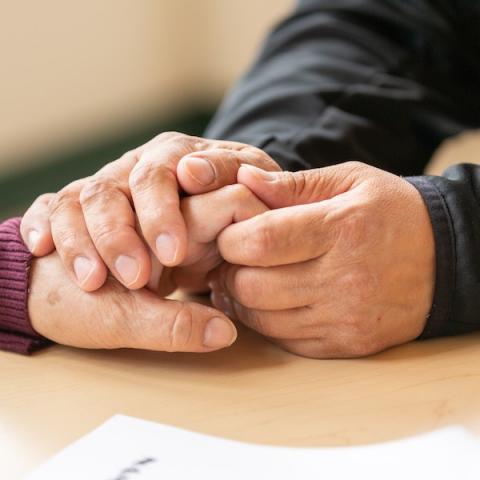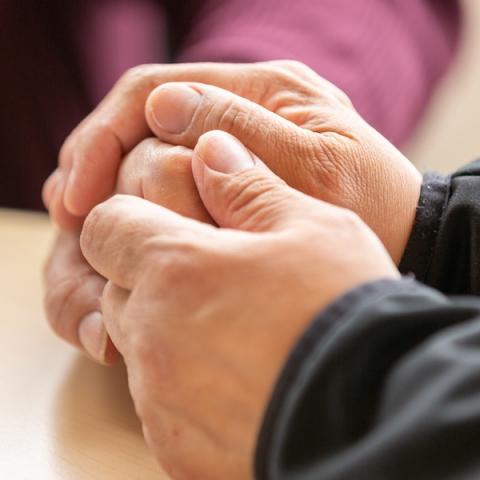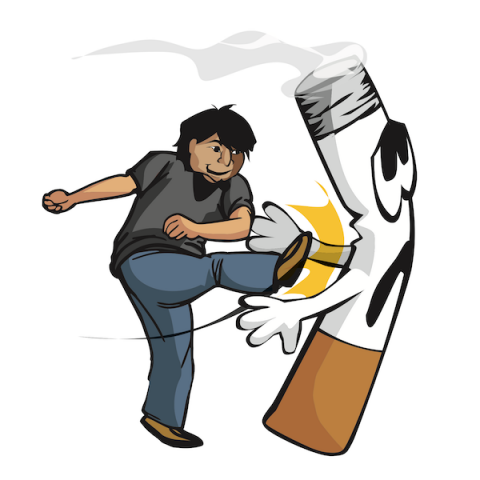Smoking: 6 steps to quit smoking and stay quit
Quitting smoking and staying quit is very important for your health. Here are 6 steps to help you.

1. Ask for support
Who could support you as you quit – a family member, friend, Elder, PCCR, or nurse?

2. Expect withdrawal symptoms
As your body gets used to not having the nicotine in cigarettes, you may experience:
-
Cravings
-
Nightmares
-
Tiredness
-
Headaches
-
Dizziness
-
Cough
-
Can’t focus
-
Itchy skin
-
Sore throat
-
Anxiety
These withdrawal symptoms are normal and will pass soon.

3. Cessation aids can help
Ask at the CMC about cessation aids to help with your withdrawal symptoms, so you can stay quit. These are things like nicotine replacement (nicotine patches or gum) or other cessation medications.

4. Make a Daily Plan to Quit
Replace your old, unhealthy habits (like smoking!) with new, healthy, smoke-free habits.
-
Get good sleep
-
Exercise regularly
-
Avoid tea, coffee, pop, and alcohol as these make withdrawal headaches worse
-
Drink lots of water to flush the nicotine out of your body

5. Quit on your Quit Day
Follow your Daily Plan, reach out for support, and use all the quitting tips above.

6. Prevent a relapse by using the 5 Ds
-
Delay lighting up
-
Deep breathing
-
Drink water
-
Distract yourself (do something else until the cravings pass)
-
Discuss your feelings
If you do relapse, don’t feel discouraged and try again when you feel ready.
Did you know?
In Eeyou Ischee, smoking causes about one out of every five deaths.

Smokers are at higher risk for more severe COVID-19 infections, leading to more hospital admissions, intensive care, and even death. So, there are many good reasons to quit!

Let's kick butt!
Help people who want to quit smoking and encourage youth and non-smokers to never start!


